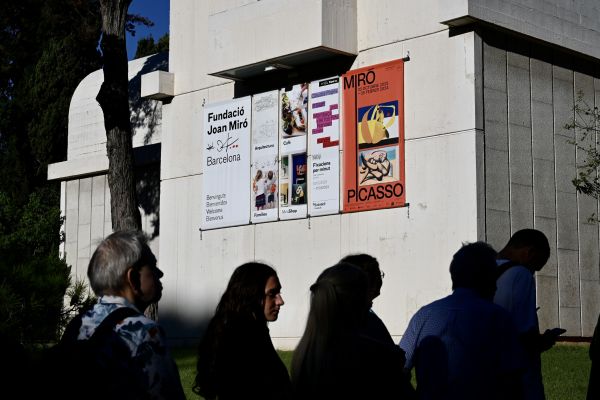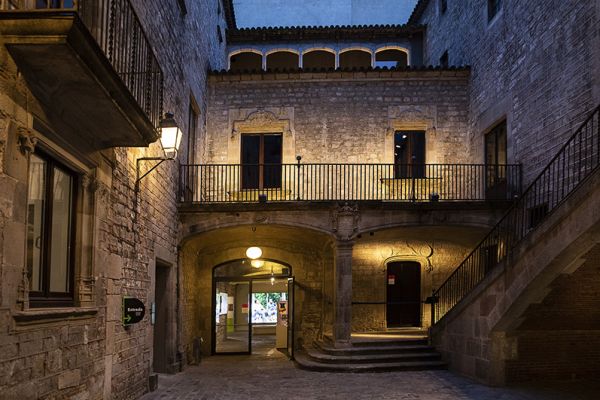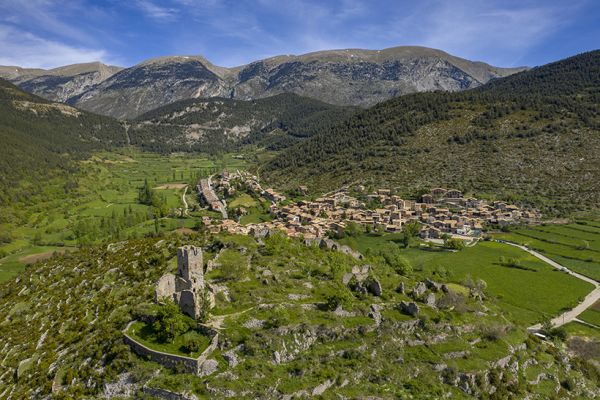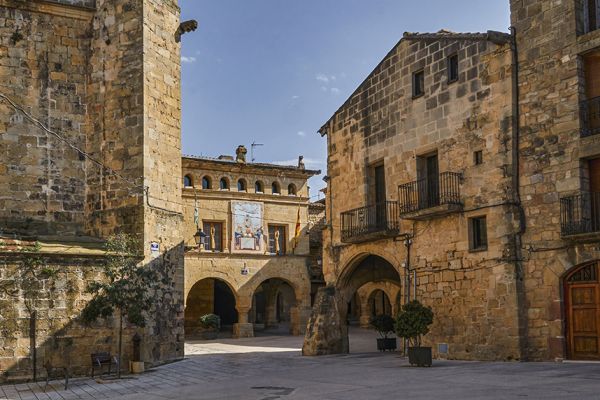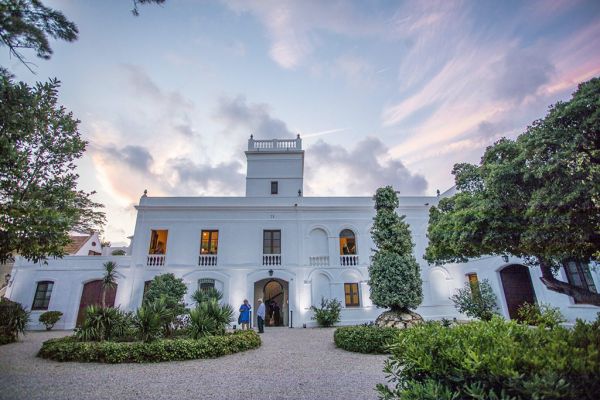The painters
Joan Miró, one of the maximum exponents of abstract Surrealism, and
Pablo Picasso, one of the founders of Cubism, were good friends for more than 50 years and they both bequeathed their work to the city of Barcelona in the form of centres devoted to their art. To coincide with the
50th anniversary of the death of Picasso, the French and Spanish authorities launched a large international series of events entitled, '
A Celebration of Picasso 1973-2023', with a total of
fifty exhibitions devoted to Picasso held around the world. The exhibitions began during the autumn of 2022 and will conclude during the spring of 2024.
A number of events have been organised in
Barcelona to supplement this international event. One of them is the joint
Miró-Picasso exhibition being held
simultaneously at the
Picasso Museum in Barcelona and also at the
Joan Miró Foundation. The exhibition is structured around six main chronological and thematic strands and brings together
more than 250 works from public and private collections from around the world, the better to appreciate the work of both artists side by side. Their work transformed the art of the 20th century and the exhibitions can be visited
until 25 February 2024.
As well as museums and galleries, Barcelona also has a good number of creations by various artists in the open air. In the case of Miró, notable cases are the works he created to welcome visitors to Barcelona arriving by air. The project was entitled
'Land, sea and air' and the first of these works can be seen upon arrival at the
airport, where a magnificent mural receives visitors arriving at the city by air. The second, the famous mosaic
paving in the Ramblas near the Pla de la Boqueria, welcomes visitors arriving by sea. Unveiled in 1976, it shares many similarities with the mosaic at the airport, such as the flagstones and the colours. The third, which was to have welcomed visitors arriving by land and have been installed at the Parc de Cervantes, was
left pending and, although the city's citizens can not enjoy the original work, of which there is only a model entitled, 'Woman, bird and a star', they can see a
reproduction of it in the north patio of the Miró Foundation, located in Barcelona's Parc de Montjuïc.
A country that inspired two world-famous artists
The centres in Barcelona devoted to the work of both Picasso and Miró complement others
around Catalonia that explain their relationship with the country. “Everything I know I learnt in Horta”, said Picasso. In 1898 Picasso arrived in
Horta de Sant Joan, in
Terra Alta, to recover from scarlet fever, invited by his friend
Manuel Pallarès. He spent weeks drawing in a cave in Els Ports mountain range. It was upon his return, in 1909, that he created
Cubism, inspired by the surroundings in Terra Alta.
The Picasso Centre in Horta de Sant Joan is now a permanent homage to Picasso and it contains highly faithful reproductions of all the works he painted in Horta, or while thinking about Horta, and is an indication of the strong links he felt with this place.
Something similar happened in
Gósol, where Picasso arrived from Paris in 1906. He stayed for three summer months accompanied by the model,
Fernande Olivier, his partner at the time. His stay in this small village in the Berguedà district is reputed to have had a decisive influence on Picasso's artistic direction. It is true that during his stay he painted a lot, and it is thought that 302 works can be attributed to this period. These works are now to be found in galleries throughout Europe and the United States. At the Picasso Centre on Gósol, however, there are
reproductions that show the sights and landscapes that captured his attention during that summer: El Pedraforca, the castle and the village square, amongst others, and they now constitute an invitation to
discover the region through the same itinerary as followed by Picasso upon his arrival and departure. In fact,
Berguedà Tourist Office suggests a stay of two to four days in Gósol,
spending the mornings learning to paint under the guidance of a teacher and the afternoons free to enjoy
visits to El Pedraforca, El Cadí, and the Picasso Centre, in addition to the many opportunities to enjoy the local cuisine.
Further south, Miró became enchanted by the countryside around the town of
Mont-roig del Camp. He arrived there in 1911 at the age of eighteen while recovering from an illness and would later spend the winters in Paris and the summers at the country house his family owned in this municipality in the Baix Camp district. “All my works are conceived in Mont-roig”, he said, and the town and its surroundings became a
source of attraction, a model and an inspiration for a large number of his first paintings. Years later, his family's country house,
Mas Miró, opened its doors to the public to show the artist's passage through his more
figurative stage before the abstract Surrealism for which he is known around the world. This house, in fact, was the subject of his painting, 'La masia', the most iconic of his figurative works, in which he began to develop the complex artistic language that would characterise him throughout his career. In fact, the
'Emotional landscape of Miró' route is a good opportunity to learn about Miró's creative phases. The Mas Miró sound guide accompanies you on a visit to the various locations and leads you to views of landscapes within the municipality that now form part of world-renowned works of art.
